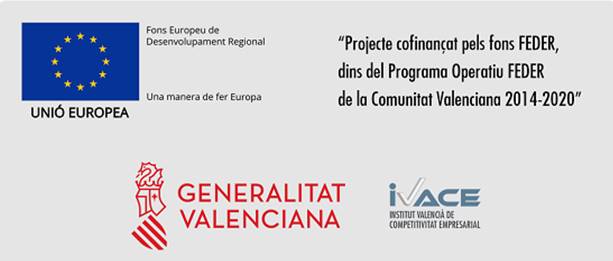Índice
If you are up to date with PPC strategies you will have heard of Hagakure, a Japanese term that comes to mean “in the shade of the leaves” or “hidden in the leaves”. In reality, it is a Japanese literary work that becomes a manual for samurai inspired by Bushido, a code of behavior that shows “the way of the warrior.” Very Japanese everything, right?
This explanation comes because apparently Google wants to show us, with this Hagakure method, the path that we must follow when using campaign automation, especially automated bid strategies (or smart bidding) and dynamic search ad campaigns(or DSA).
This does not mean that now all brands have to follow these tips, because, as we will see below, they are guidelines that should only be applied in some cases.
What is the Google Ads Hagakure method?
This method proposes to simplify the structure of Ads campaigns so that the machine can obtain more data per campaign and can better apply its machine learning algorithms so that, as a result, automation works better and we achieve, worth the redundancy, best results.
The ultimate goal is for Google to have a minimum of impressions per ad group (3,000 per week, apparently) to have enough data to allow it to effectively apply the magic of machine learning. This means that this method is not suitable for clients with a low budget or campaigns from niche sectors, where the DSA does not offer positive results.
![]()
How does the Hagakure method structure campaigns?
Ad Campaigns
This method tells us to have only one campaign per objective (smart bidding of course). Nothing from having multiple campaigns to maximizing conversions, for example. In this way, the automation of that campaign can work with more data. This method works best for the Maximize Conversions, Maximize Conversion Value, Target CPA, and Target ROAS goals. We can also use them in visibility objectives such as Maximize clicks or Target impression share.
Ad groups
On the other hand, for ad groups it proposes that, instead of organizing them by similar keywords, they do it by URL in which we group all the possible keywords that attack that unique URL. That is, large groups of ads that add different keywords pointing to a single URL.
Advertisements
For low volume searches, it proposes to use DSA groups (dynamic search ads), with which we will be able to group many low volume searches, thus obtaining impressions and data with which the algorithms can work. For the URLs we’re going to get a lot of impressions with, it’s best to use adaptive search ads.
Advantages of the Hagakure method
The application of this system has a series of important advantages that you should weigh:
- Simplifying the structure of Google Ads accounts makes reviewing and reporting easier and takes less time.
- A priori the results are improved, or at least you obtain similar results using much less time of configuration and optimization, therefore increasing your productivity.
- You have more time to improve the strategy, better analyze your competition and focus on important KPIS such as improving ROAS or optimizing CRO.
Automation VS manual control. The balance is changing sides
Until now, campaign automation has been synonymous with losing control of bids and leaving Google the performance of your campaigns. A strategy that Google is interested in and not so much the advertiser. The Hagakure Method for automated Google Ads campaigns is looking for nothing more than to give more arguments to the account manager so that they can switch to this automation that works better and better (it must be said) thanks to the power of Machine Learning and the infinite conversion data from which the search engine algorithms drink.
Our advice, from Multiconversion, is to use this strategy wisely and in contexts that make sense:
- On accounts with sufficient conversion history.
- When the budget allows it (to guarantee those 3000 weekly impressions).
- When we have time to wait for the algorithms to optimize the results (about two weeks for it to start working well).
- Do not left beside the strategies that so far work for you, logically.
And you, have you already used this method in your Google Ads campaigns? Which have been the results? Share your impressions with us 🙂




